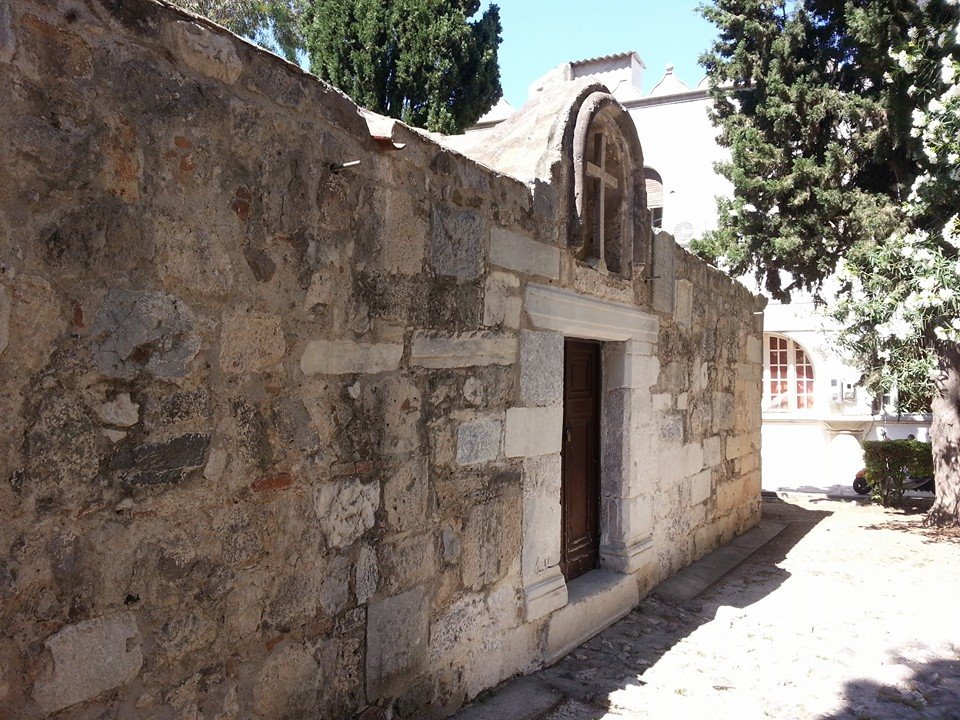Religious Landmarks of Kos: Church of the Virgin Gorgoepikoos
Kos is known as the cradle of Hippocrates, and many tourists flock to the Ancient Town of Kos to visit landmarks like the Roman Odeon, Casa Romana, the Asklepion, the Ancient House Hippocrates Garden, and the Ancient Agora. But Kos has a rich Medieval legacy too. The Church of the Virgin Gorgoepikoos is part of this patrimony.
Located in the Mitropoleos square, the Church of the Virgin Gorgoepikoos is a heritage landmark of the 15th century. It was once an integrated part of the fortified Medieval wall of the city, but today it stands alone close to the southern entrance of the Ancient Agora. Although the walls that once stood at each side of the church do not exist anymore, you can still see part of the original southern walls with two small oblong towers on Ippokratous Street.
It is a single-aisled church with an apse on the east side, and two isles. It was built of carved stone and marble from buildings that once stood on the Ancient Agora. Inside, the floors are paved with terracotta tiles, alternating with local marble and stone.
Art lovers will find the Church of the Virgin Gorgoepikoos interesting for its frescoes and religious art dating from the late 15th and early 16th centuries. The sanctuary is decorated with scenes like the Communion of the Apostles, and the Ascension, while the nave feaures the Sacrifice of Abraham, the Second Comming, and the Assumption, among others. Most of the frescoes are attributed to Nikoloaou, the same artist who painted the church of St Mary Kastrianon in Old Pyli. The nave is separated from the sanctuary by a wood carved temple dating from the 18th century – this is the best-preserved artwork inside the church. The frescoes need extensive restoration works. The center of the main temple of the Church of the Virgin Gorgoepikoos is dominated by a marble tombstone.
The architectural style of the Church of the Virgin Gorgoepikoos is characteristic of the churches of the Knights Hospitaller period in the Dodecanese. The church is usually closed to the public.

